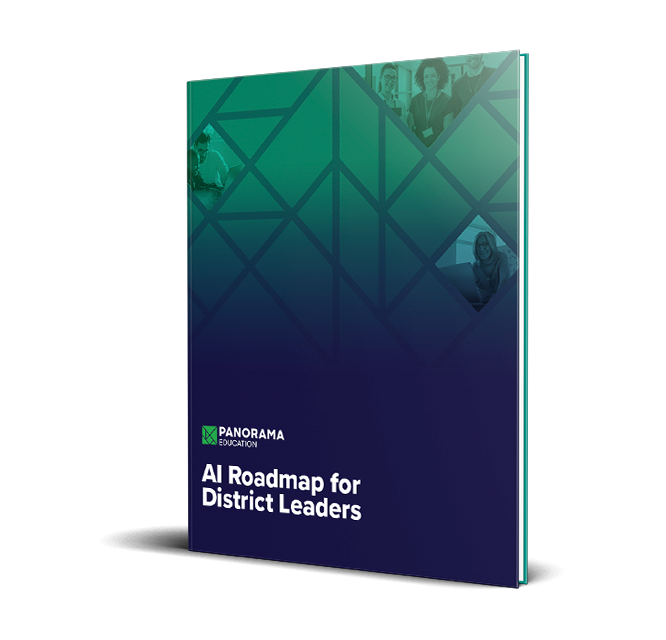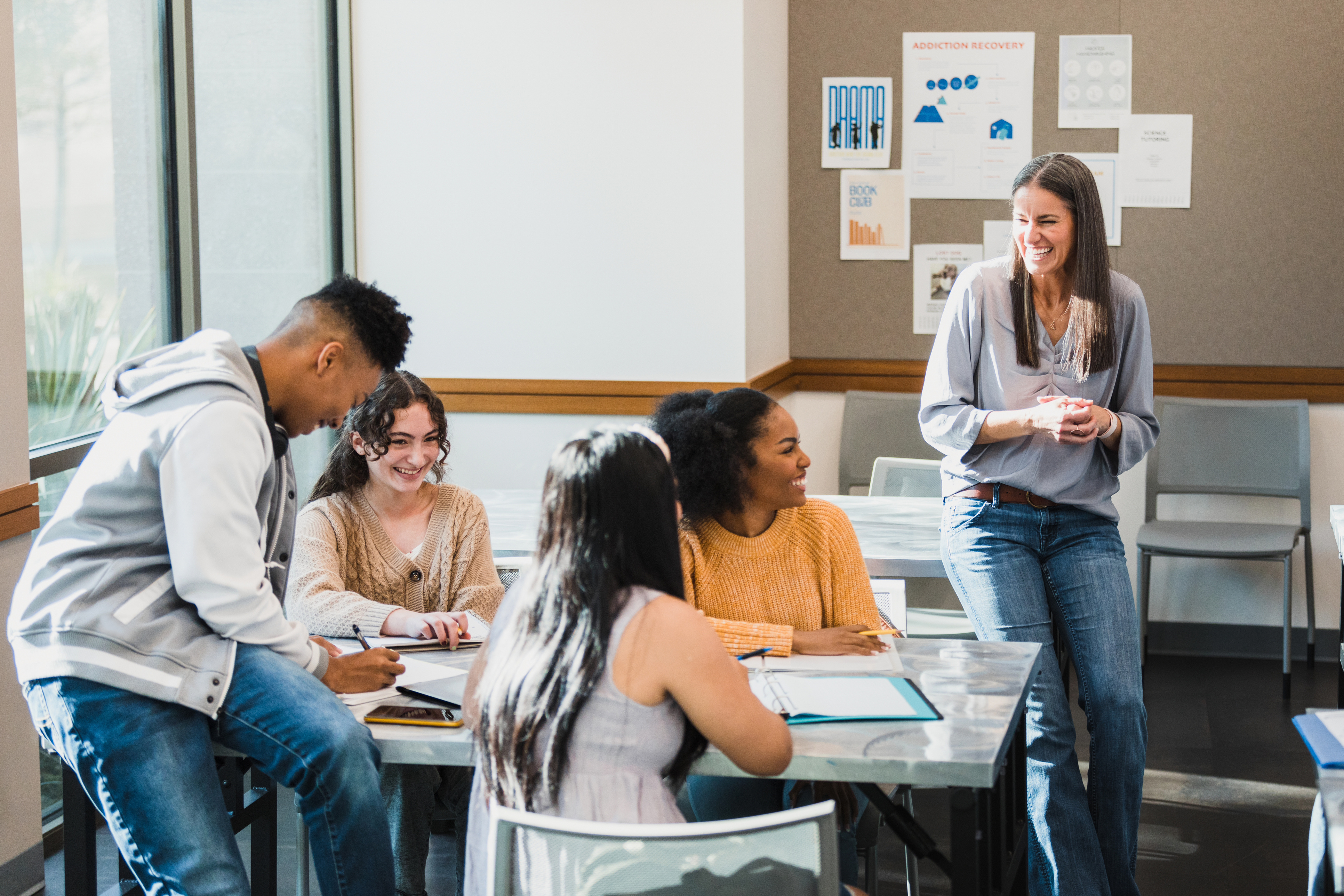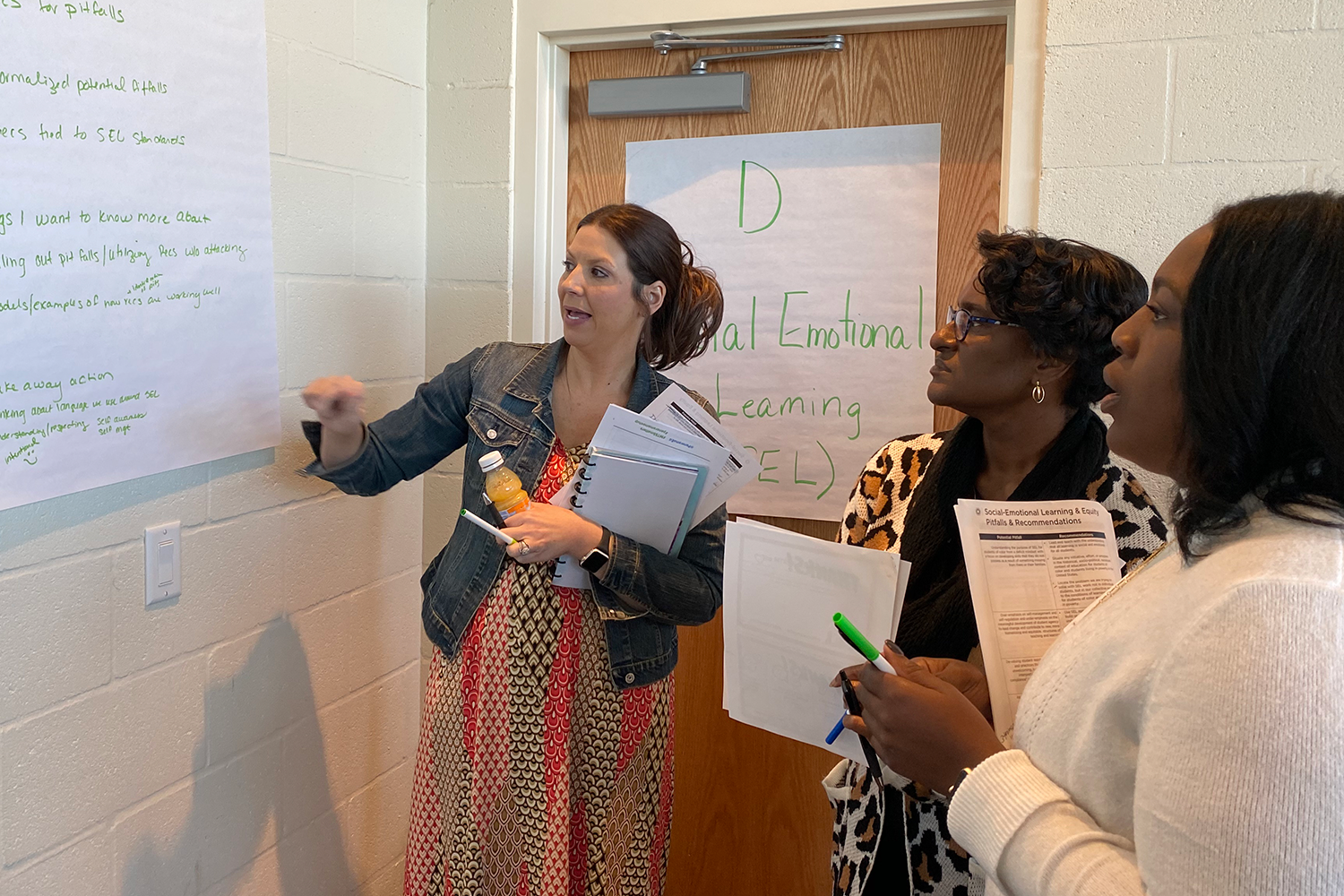The world is changing fast, and the skills students need to succeed are evolving just as quickly. Educators must focus on equipping students with practical life skills that prepare them to thrive in this dynamic environment. While a strong academic foundation remains essential, traditional learning alone is no longer enough to ensure readiness for life after graduation.
Project-based learning (PBL) bridges the gap between academics and real-world knowledge, emphasizing critical thinking, collaboration, and adaptability—skills vital for postsecondary success. By focusing on tangible outcomes, PBL enhances classroom learning and helps students become effective decision-makers through engaging, hands-on experiences.
Read on to learn how PBL can transform learning and prepare students for the future.
Why Project-Based Learning (PBL) is Essential for Student Development
Project-based learning (PBL) plays a vital role in supporting the whole student by moving beyond traditional lecture formats. Instead, PBL immerses students in hands-on projects designed to tackle real-world challenges.
In a PBL setting, students are presented with a problem and limited information, requiring them to develop a solution. Teachers act as facilitators, providing resources as needed, while students typically collaborate in teams to devise the most effective approach. Once they’ve developed a solution, students present their findings and share their experiences.
Beyond making learning more engaging, PBL has proven to enhance college and career readiness by exposing students to industry needs and helping them build essential life skills.
How to Create Effective PBL Unit Plans
To create effective PBL unit plans, educators should focus on identifying meaningful real-world problems, setting clear learning objectives, and equipping students with the resources and support needed for success. Here are some best practices to guide the process:
-
Define Learning Outcomes
These outcomes should align with curriculum standards and incorporate both academic objectives and broader skills like emotional intelligence and time management. Clearly communicate the life skills students will develop and define success criteria for project completion from the start.
-
Choose an Authentic Problem Selection
Authentic problems are grounded in real-world scenarios, such as tackling local environmental challenges or developing solutions to meet community needs. These real-world connections are crucial for making projects relevant and meaningful to students.
-
Skill Integration
Design projects that require students to apply specific content knowledge to solve problems while intentionally connecting multiple subject areas. Incorporate practical life skills by including elements such as budget constraints and deadlines.
-
Sequence the Project
Organize the project into structured, logical steps using established frameworks like the scientific method. For example, students might begin with research and brainstorming, progress to prototyping, and conclude with a presentation of their findings. This clear sequencing helps students build their knowledge incrementally and stay engaged throughout the process.
-
Determine Student Roles
When designing PBL units, assign clear roles aligned with each student’s strengths and interests to ensure meaningful contributions from everyone. For example, a detail-oriented student might take on the role of project manager, overseeing timelines and task completion, while a hands-on learner could focus on building the prototype.
-
Establish Success Criteria and Assessment Strategies
Unlike traditional classroom projects that might be graded solely at the end, PBL assignments are assessed continuously through checkpoints and the final presentation. At each checkpoint, use rubrics or formative assessments to evaluate both individual contributions and overall group progress.
Examples of Project-Based Learning by Subject
Traditional schooling may not always prioritize skills like emotional regulation, financial literacy, and effective communication—skills that are just as crucial as academic knowledge for life after graduation. PBL activities offer students hands-on opportunities to build these essential competencies. Below are practical examples of PBL projects that you can implement in your school or district:
- STEM
In this project, students work together to design a water filtration system to address local water quality challenges. By applying scientific principles to real-world problems, students enhance their critical thinking skills while prototyping a functional system. Additionally, they develop technical expertise through research and the practical implementation of filtration technologies.
- Community and Civic Engagement
Organizing a community garden engages students in sustainability practices while teaching resource management. Through this project, they develop leadership skills, environmental awareness, and a strong sense of community responsibility.
- Art and Design:
Students collaborate to design and paint a mural reflecting their community's history and culture. This project fosters creativity, cultural awareness, and teamwork while encouraging self-expression through art and deeper engagement with their surroundings.
- Business and Entrepreneurship:
Creating and managing a small business that sells sustainable products helps students develop essential skills such as market analysis, budgeting, and customer relations. This hands-on experience is perfect for preparing students for entrepreneurship while reinforcing key financial principles.
- Interdisciplinary Projects:
Students analyze their school's energy usage and develop actionable plans to improve efficiency. This project integrates science, math, and technology, encouraging students to approach problems from multiple perspectives and fostering innovation.
- Global Awareness:
Collaborating with peers from another country to address shared environmental challenges provides students with firsthand experience in cross-cultural teamwork. This project broadens their worldview, fosters empathy, and enhances their ability to thrive in diverse teams.
How Panorama Helps Students Build Life Skills
Project-based learning (PBL) is a powerful teaching approach that boosts engagement, improves academic achievement, and helps students prepare for life after graduation. By tackling real-world problems and letting students take the lead in finding solutions, PBL not only makes learning more exciting but also sparks creativity and out-of-the-box thinking.
What makes PBL even more impactful is its ability to build essential life skills—like resilience, adaptability, and teamwork—that students need to thrive in today’s world. These skills are key for college and career readiness and help students grow into empathetic, socially aware individuals. Supporting educators in weaving these skills into everyday learning isn’t just about academics; it’s about setting students up for success in life.
Still, figuring out how to measure and support life skills can be tough. That’s where tools like Panorama’s Student Survey and Life Skills Survey come in. These surveys help districts focus on what matters most, and ensure every student gets a well-rounded education.






.webp?width=478&height=557&name=panorama_student_survey-1%20(1).webp)